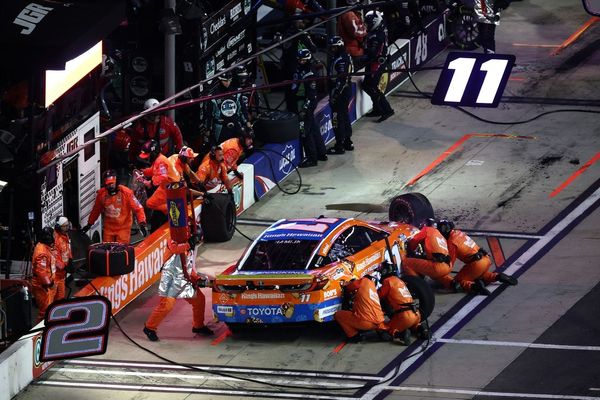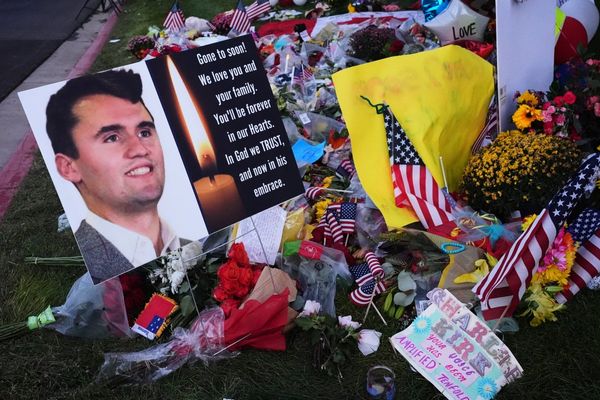As the stock market extends its rebound, the S&P 500 and Nasdaq composite are showing some similarities to the 2020 Covid 19 bear market. Optimists see another V-shaped recovery developing. A study of other major market bottoms offers several key lessons.
The S&P 500 has rallied back as much as 18% from the April 7 low. The one-month rebound is not quite as dramatic as the 29% rebound the S&P 500 made from its March 23, 2020, closing low in the same number of days. Granted, this year's decline also wasn't as severe. The S&P sank about 21% over seven weeks, compared with the Covid crash of 35% in little more than a month, according to IBD MarketSurge.
To be sure, the Covid bear market was an outlier. It unfolded during a once-in-a-century pandemic that saw a global, coordinated response and massive stimulus measures.
Historically, bear markets come in three waves of selling over months. The Covid bear market happened so fast, there was hardly any pause. This year, the market has made two downward waves, and a third seems unlikely if indexes top their March highs.
Still, today's stock market shares an important characteristic with the 2020 correction: Both times, it was a distortion from the normal business cycle. Both times, follow-through rally confirmations happened while the S&P 500 traded below the 200-day moving average, an indicator of long-term price trends.
The stock market made a follow-through — an index jump in higher volume at least four days from the low — on April 22. The next day saw another bullish move. That's made it possible for growth-stock investors to seek higher exposure.
Stock Market Today Faces Key Test
So while the 2020 model may still apply to today's market, an important test lies ahead.
IBD Senior Market Strategist Mike Webster is reluctant to commit much capital until the 200-day moving average, is conquered. That line stood at 5,746, or 2.3% above the S&P index, on Tuesday afternoon.
The market rally is going "for the most part, so far so good," he said in Friday's IBD Live. But the S&P 500 and Nasdaq could easily hit a ceiling at their 200-day lines.
That's exactly what happened in the 1998 bear market bottom. The S&P made a follow-through Sept. 8 of that year but topped out as soon as it hit the 200-day average. The market went on to make new lows and made another follow-through Oct. 14 and an even stronger rally the next day. In the next test of the 200-day average, the Nasdaq blew right through the line.
So, until indexes top their 200-day lines, the 1998 scenario may still echo today. Keep in mind that the S&P 500 and Nasdaq this year already met resistance near the 200-day moving average in late March.
"We don't want to get carried away until we can get our (daily) low above the 200-day," Webster said in the April 25 IBD Live.
Here's a couple of other past bottoms to study:
December 2018 Stock Market Bottom
Panelists in IBD Live have also discussed the 2018 bear market as a frame of refence for today. The S&P 500 mirrored the current chart with a break below the 50-day moving average and the 200-day line. After sinking 11.5%, the S&P began to rebound but twice peaked right after slipping above the 200-day. That mirrors the S&P's rejection at the 200-day line this past March.
A follow-through on Nov. 7, 2018, turned out to be an index peak, and another on Nov. 28 proved to be a false signal too.
A final leg of selling from early December to Christmas Eve 2018 shook out the last of the bears, and the bottom was in place. The S&P made a follow-through Jan. 4, 2019, with a 3.4% rally in higher volume.
All this time, the index remained below the 200-day line. Yet, the market did not suffer another correction until the Covid crisis.
October 1987 Stock Market Crash
After the Black Monday crash, when the S&P 500 lost 20.5% in a single day, the S&P started to rebound almost immediately. Seven day after the crash, the index fell near the Oct. 20 low and bounced back again. The S&P tested that low once again, but on Dec. 4 began a rebound that endured for months. The benchmark index made new highs in July 1989.
A follow-through signal occurred Oct. 30, when the S&P rallied 2.9% on the ninth day of a rally attempt. A second follow-through came Nov. 5, the 13th day from the low. Note that the index undercut both follow-through days and didn't make a firm low until it tested the Oct. 20 low. And in both follow-throughs, the index was well below its 200-day moving average, like it is today.







